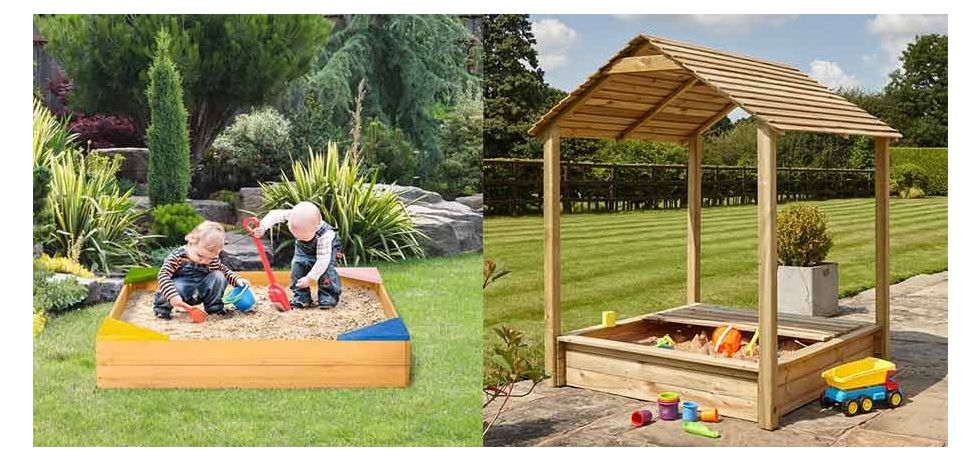Sandpits are wonderful play areas for children, providing them with hours of imaginative play and sensory exploration. When constructing or maintaining a sandpit, one question that often arises is whether builder's sand can be used as a suitable option. In this blog post, we'll delve into the pros and cons of using builder's sand in a sandpit and explore alternative options for optimal safety and play experience.
Understanding Builder's Sand:
Builder's sand, also known as construction sand, is a coarse type of sand commonly used in construction projects. It is primarily made up of crushed rocks and minerals. While it may seem like a convenient choice due to its availability, there are a few important considerations to keep in mind before using it in a sandpit.
Particle Size and Safety:
One of the crucial factors to consider is the particle size of the sand. Builder's sand typically has larger particles, which can pose safety risks to children. Larger particles increase the risk of abrasion and potential injury, especially if children fall or engage in vigorous play. Consequently, using builder's sand alone may not be the most child-friendly option for a sandpit.
Playability and Texture:
Another essential aspect to consider is the playability and texture of the sand. Builder's sand can be coarser and contain varying levels of silt and clay, which may affect the sand's ability to retain moisture and create desired sandcastles or structures. Children often enjoy building and moulding sand creations, and the sand's texture plays a significant role in their play experience. Unsuitable sand may lead to frustration and hinder creativity.
Safety Concerns and Contaminants:
Builder's sand may also contain impurities or contaminants that could be harmful to children. Construction sand is not typically subject to the same safety regulations and testing standards as play sand, which is specifically formulated for use in sandpits. These impurities can include debris, chemicals, or substances that could potentially cause skin irritation or other health issues. Ensuring the safety of children should be a top priority when selecting sand for a sandpit.
Alternative Options for Sandpits:
To create a safe and enjoyable sandpit, it is advisable to choose sand specifically designed for play areas. Play sand is typically washed, screened, and free from contaminants, providing a higher level of safety for children. It has finer particles, allowing for better compaction and a smoother texture, ideal for sculpting and building. Play sand is widely available in garden centres, toy stores, or online, ensuring you can find a suitable option for your sandpit.
Conclusion:
While builder's sand may be tempting due to its affordability and availability, it is not the optimal choice for a sandpit. The safety of children is paramount, and using play sand specifically designed for sandpits ensures a safer and more enjoyable play experience. Play sand provides a finer texture, better moisture retention, and a lower risk of injury, making it the preferred option. By selecting the right type of sand, you can create a fantastic sandpit that promotes creativity, sensory play, and endless hours of fun for children.







